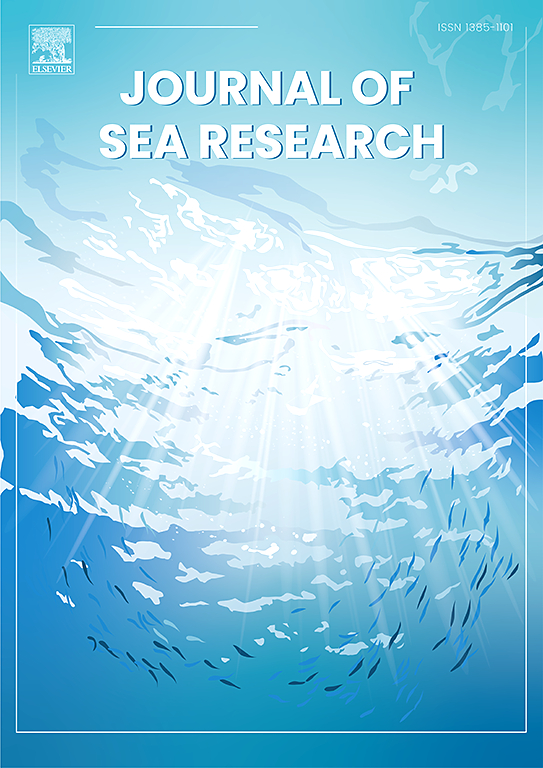Three-dimensional thermohaline reconstruction of mesoscale eddies under remote sensing observation: From the perspective of deep learning of layer depth sequences with fusion of physical mechanisms
IF 2.9
4区 地球科学
Q2 MARINE & FRESHWATER BIOLOGY
引用次数: 0
Abstract
Mesoscale eddies significantly impact the thermohaline structure of the ocean on a global scale. However, current three-dimensional reconstruction techniques for mesoscale eddies, based on multi-source data fusion, tend to focus on the profile while neglecting the depiction of mesoscale eddies in higher dimensions through three-dimensional structures. To address this issue, we first propose a hybrid recognition algorithm for mesoscale eddies. We then extract the dataset based on the recognition results and ocean reanalysis, transforming the mesoscale eddies reconstruction problem into a prediction problem of layer depth sequences, and implement the model construction using deep learning technology. Simultaneously, we incorporate the globally uniform vertical and horizontal structure of mesoscale eddies into the model input module as a binding physical mechanism and add an attention mechanism to enhance the model's output. Experiments demonstrate that the model developed in this paper performs comparably to the base model in deep learning metrics, exhibits specific advantages in measuring the three-dimensional structure of mesoscale eddies from multiple perspectives, and shows robust generalization across different oceanic regions and data sources. Inspired by the work of many researchers, this paper achieves promising results in the three-dimensional reconstruction of mesoscale eddies, offering valuable insights for deep learning research in marine data-related fields.
遥感观测中尺度涡旋三维温盐重建——基于融合物理机制的层深序列深度学习视角
在全球范围内,中尺度涡旋对海洋的温盐结构有显著影响。然而,目前基于多源数据融合的中尺度涡旋三维重建技术,往往只关注中尺度涡旋廓线,而忽略了通过三维结构对中尺度涡旋的高维描述。为了解决这个问题,我们首先提出了一种中尺度涡旋的混合识别算法。然后基于识别结果和海洋再分析提取数据集,将中尺度涡旋重建问题转化为层深度序列的预测问题,并利用深度学习技术实现模型构建。同时,我们将全球均匀的中尺度涡旋垂直和水平结构作为绑定物理机制纳入模式输入模块,并增加注意机制增强模式输出。实验表明,本文建立的模型在深度学习度量方面与基本模型相当,在从多个角度测量中尺度涡旋的三维结构方面表现出独特的优势,并且在不同海洋区域和数据源之间表现出强大的泛化能力。本文在许多研究人员工作的启发下,在中尺度涡旋三维重建方面取得了可喜的成果,为海洋数据相关领域的深度学习研究提供了有价值的见解。
本文章由计算机程序翻译,如有差异,请以英文原文为准。
求助全文
约1分钟内获得全文
求助全文
来源期刊

Journal of Sea Research
地学-海洋学
CiteScore
3.20
自引率
5.00%
发文量
86
审稿时长
6-12 weeks
期刊介绍:
The Journal of Sea Research is an international and multidisciplinary periodical on marine research, with an emphasis on the functioning of marine ecosystems in coastal and shelf seas, including intertidal, estuarine and brackish environments. As several subdisciplines add to this aim, manuscripts are welcome from the fields of marine biology, marine chemistry, marine sedimentology and physical oceanography, provided they add to the understanding of ecosystem processes.
 求助内容:
求助内容: 应助结果提醒方式:
应助结果提醒方式:


